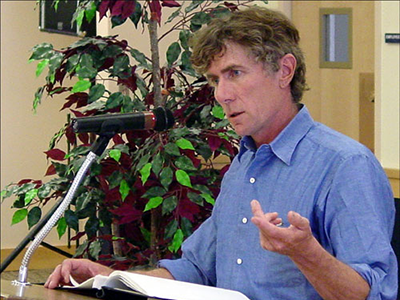
Ranch foreclosures and attacks on the environment have not disappeared in the 25 years since Yamsi was first published - in many ways, Hyde's book is even more timely today. Hyde's efforts to preserve the pine forests and marshes on his land stand in stark contrast to the misguided stewardship of the National Forest lands surrounding the ranch. Hard work and hardships at Yamsi coexist with a dedication to principles of conservation and sound ecology. Informed by a sense of responsibility toward those who lived and worked on the land before him - including the Klamath Indians who first called the land home - and those who might one day follow him, Hyde struggles to run a family-owned cattle business in an age of corporate agriculture.

Hyde's journal records a year on the ranch as the seasons change and the ranch work changes with them. What begins as a journal to show his banker how a cattle ranch operates, and why few ranches show a profit, becomes an opportunity to reveal "a personal glimpse of a family in action, of a rancher who is maybe a little different, whose head is filled with nature as well as cows, whose heart runs soft to the beauties of the land about him."

Yamsi, a 6000-acre working cattle ranch at the headwaters of the Williamson River in Oregon's Klamath Basin is the setting for Dayton Hyde's lively meditation on what it means to be a rancher in the West in the latter half of the 20th century.


 0 kommentar(er)
0 kommentar(er)
